|
On our last morning in Buenos Aires, we woke to the sounds of clapping thunder in the overcast skies and pattering rain against our hotel room window. This was a travel day, so we weren’t going to be missing any excursions because of the inclement weather. We packed our bags and brought them down to the lobby, then went to the breakfast area to get something to eat before heading off to the airport. It was about a 30 km drive from our downtown hotel to the Ministro Pistarini International Airport on the outskirts of the city. Our 35 minute cab ride cost us 230 Argentine pesos, which at the time of our trip converted to $5.00 CAD. When we arrived at the airport, the terminal was in a state of chaos. The severe thunderstorms had caused multiple flight delays. As a result, we had to wait in a seemingly endless line to check our luggage. When we finally got through the line and our bags were tagged, we were told to hurry to the gate as the plane was about to depart. We rushed through security and ran to the departure gate (arriving 5 minutes before our flight was scheduled to leave) only to find yet another endless line of people waiting for boarding to begin. It took another 30 minutes to complete the boarding process so our actual departure was delayed by almost an hour. Once on board the Boeing 737, we settled into a rather uneventful flight from Buenos Aires to Puerto Iguazu for 1 hour and 50 minutes. By the time our flight landed at the Cataratas del Iguazú International Airport on the Argentinean side of Iguazu Falls it was just after 12:30pm. We disembarked from the plane and made our way through the smallish terminal to the baggage area. We watched as the bags starting tumbling out of the shoot onto the conveyor and finally saw our first bag come through. We then waited another 10 minutes or so until the last of the remaining bags dropped onto the conveyor only to realize that our second bag had not made the flight. After reporting the missing bag at the baggage service desk, we left the terminal and met our waiting driver who took us to our hotel in Puerto Iguazu, Argentina which is a pleasant 25 minute drive from the airport through forested countryside. Puerto Iguazu is the main city on the Argentinean side of the falls. It has a population of just over 80,000 and is situated about 18kms from the world-renowned Iguazu Falls. Because of its proximity to the falls, it is primarily a tourist town and that is reflected in the numerous restaurants, bars, cafes and boutiques that line its streets. Our hotel, the Panoramic Grand Iguazu, was located about a kilometer from what looked like the downtown core. We had turned off one of the main streets onto a side street that cut through a small forested area. The road made a long, sweeping curve to the right and we could make out a river on our left side. As we rounded the curve, we spotted the hotel on a hillside to our right, partially hidden by the trees. There is a grand lawn lined with tall, majestic palm trees that leads to the entrance of the hotel. It sits majestically atop the hillside overlooking the confluence of the Iguazu and Parana rivers. We checked in at the hotel and were given keys to our room which had an incredible view of the pool and out over the river to our own “panoramic” view of the Triple Frontier - the borders of Argentina, Brazil and Paraguay. It was quite breathtaking. After unpacking our bag, we went to the dining room for a light lunch. Our swim suits were packed into the missing luggage so we weren’t able to swim, but spent the rest of the afternoon sitting by the pool and enjoying the warm outdoors. We kept checking with reception about the status of our second bag and it was eventually delivered just after 3:00pm, so we were finally able to change into our swim suits and go into the pool. We had dinner in the hotel dining room and enjoyed a relaxing evening in our room in preparation for our day on the Argentinean side of Iguazu Falls. After spending a very comfortable night at the lovely Panoramic Grand Resort Iguazu, we were ready for a day of exploring on the Argentinean side of Iguazu Falls. We were picked up by our driver just after 8:30am. Kim had arranged a small group tour for our outing and we were accompanied by a lovely Australian family of 3. The husband actually works on contract in Argentina and his wife and daughter were visiting with him for a few weeks. It took about 20 minutes for the drive from the hotel to the Iguazu Falls Visitor’s Centre. Julio, our guide, purchased our tickets for the park which included a return trip on the Rainforest Ecological Train, an environmentally friendly train that transports up to 150 passengers per trip from the Visitor’s Centre to the Cataratas (Waterfalls) Station and then Garganta del Diablo (Devil’s Throat) Station. As we made our way to the Cataratas Station, Julio gave us some of the highlights of the falls. The source of the falls is the Iguazu River which originates as a small spring in the Serra do Mar coastal mountains near Curitiba, a town about 1200 kms to the east in the state of Parana, Brazil. The depth of the water in the falls ranges between 50cms and 5m and flows at 2 million litres per second. There are 275 separate waterfalls that make up the Iguazu Falls and about 80% of those are on the Argentinean side. The name Iguazu means “big water” in the indigenous Tupi language and the name could not be more descriptive. For comparison, Iguazu is 2.7 kilometers wide and Niagara Falls is 1.1 kilometers wide. Iguazu is also about 30 meters taller than Niagara Falls. It was declared a UNESCO World Heritage site in 1984 (Argentinean side) and 1985 (Brazilian Side). Up first was the train ride to the Devil’s Throat Station. We left the train and proceeded to the Devil’s Gorge walkway, a bridge approximately 1 kilometer in length that traverses the basin leading up to Devil’s Throat, the largest and most spectacular water curtain of Iguazu Falls. We passed across several small islands as we walked along the steel bridge towards Devil’s Throat. We could hear the increasing roar of the falls as we kept getting closer and closer. The bridge ends right at the edge of Devil’s Throat and opens onto a large balcony overhanging the falls. The view was outstanding! What was fascinating to me were the Great Dusky Swifts that were swooping in and out through the thundering curtain of water. Apparently they build their nests along the exposed rocks behind the rushing water. We spent about 20 minutes at the Devil’s Throat before heading back along the walkway to the station. We disembarked from the train at Cataratas Station which acts as the starting point for the Upper and Lower Circuits that consist of trails with boardwalks and bridges giving access to large expanses of the basin along the edge of the falls. Over the next 1 and half hours we walked both circuits getting up close to, and having spectacular views from the top of some of the larger falls on the Argentinean side. There was a perpetual mist in the air as we crisscrossed the trails going from rainforest to water basin and back to rainforest. One of the startling observations that I made was the vast number of gigantic spider webs that were strung between overhanging limbs on either side of the trail. In the middle of each web was a single mammoth spider roughly the size of my hand. After finishing both circuits we ended up back at Cataratas Station where we re-boarded the train and rode all the way back to the main Visitor’s Centre where we had a quick lunch and prepared for our afternoon excursion - an open truck ride through the rainforest followed by a jet boat ride in the Devil’s Throat Canyon. While we waited for our truck to arrive we spotted several coati, a raccoon-like mammal that is abundant in this part of the rainforest. Our rainforest drive was aboard a raised platform on top of a flatbed truck with wooden bench seats and railings along both sides and the back. It sat roughly 30 people plus the guide who was perched on an elevated seat just behind the cab window. We followed a dirt trail that wove 7 kilometers through the dense jungle from the Visitor’s Centre to the edge of Devil’s Throat canyon where we would be disembarking for the jet boat ride. We were on the lookout for the colourful tucans that are quite plentiful in this area and tend to perch on the treetops. The heavy overcast skies made it difficult to spot them, although our guide tried to point out one or two which she was able to discern in the distance. We did see a variety of other birds and many more mammoth spiders which hung across the trail in their delicate webs just above our heads as we passed underneath them. We arrived at a parking area about 200m from the water’s edge where we climbed down from the truck and funnelled to a long series of stone and wooden staircases that would take us down to the river. The descent was slow and gradual, but we could tell that the climb back would be an effort. Our group emptied on to a large wooden platform where the jetboats darted in and out to load and unload passengers. We donned life jackets and covered ourselves with plastic ponchos before climbing into the jetboat. Our shoes, socks, cell phones and other items were placed in waterproof bags and stored under our seats. The crew checked to make sure we were all safely seated and the guide gave us some initial instructions about our boat ride, then we pulled away from the dock to begin our adventure. We travelled for about 20 minutes along the swiftly moving water, heading towards the falls with the Brazilian border on our left and the Argentinean border on our right. We passed by a number of resorts and hotels sitting atop the cliffs. The water became noticeably faster and more turbulent as we got closer to the falls and we could see billowing clouds of mist in the distance. Finally we reached the deepest part of the canyon and could make out the falls that we had viewed from above just a few hours before. After making a few passes in and out of some smaller rushing rapids we approached the base of a couple of the taller, thundering falls and got close enough to get thoroughly drenched as our boat bounced around in the turbulent waters. We paused about a hundred metres from one of the biggest falls in this part of the canyon and our guide advised us to hang on. The boat then sped directly at the falling curtain of raging water and didn’t stop until we crossed into it. That moment was both terrifying and exhilarating. We felt the full force of Iguazu as it came crashing on top of us. All of us were screaming with excitement as we emerged back into the stiller waters away from the cliff. We continued to explore more of the many cliffs and falls in and around Devil’s Throat before turning around and returning to our embarking point. The total time for our boat adventure was 2 hours and it was one of our favourite highlights of the area. Aside from the sheer exhilaration, it also provided a very different perspective on Iguazu from what we had experienced in the morning, when we were walking and viewing the falls from above. Check out this video that gives you an a better idea of the falls and their immense size. After leaving the boat, we made our way up the stairs to the parking area and re-boarded our truck for the return trip through the rainforest to the Visitor’s Centre. Our van was waiting for us when we arrived and we drove back to the hotel where we showered and changed in preparation for an evening in the town of Puerto Iguazu. It was a short and comfortable 15 minute walk from our hotel to the main town. Kim had arranged for us to attend a unique Argentinean food and culture experience. We had about 45 minutes to browse along one of bustling streets in this picturesque town before our reservation. We stopped at a wine bar a few doors down from the entrance to the Argentine Experience and enjoyed a glass of local wine while we waited for the dinner venue to open. Arriving at the Argentine Experience just as the doors opened, we were led through the reception area and into a large room with several long wooden tables. We sat down at our table and were soon joined by about 12 other people, couples and friends, from different parts of the world. Kim always finds a very special place for us to experience local food and culture, but this one was especially unique. Not only would we be delighting in a five course meal with wine pairings, this time we would be participating in the food preparation. Following introductions from our hosts, we donned the chef’s hats that were provided and toasted each other with sparkling wine. We were then shown how to make a local cocktail that we paired with our Patagonian trout tartar appetizer. Our next challenge was to prepare a classic empanada that we made for our partner. This course was followed by a thick and juicy mouthwatering 200 gram beef fillet cooked to order along with grilled vegetables and a flavourful au jus. The final course was a creamy, delicious dulce de leche mousse accompanied with red berries. Each course was strategically matched with a superb Argentinean wine. The Argentine Experience was a great way, not only to enjoy the tastes of this South American country, but to do so in a fun, lively and interactive way. We needed the walk back to our hotel to burn off some of the incalculable calories that we had consumed for dinner. Our day on the Argentinean side of Iguazu Falls had been full and exhilarating and by the time we got to our room we were exhausted and ready for bed.
Continue to Day 20 - click here
0 Comments
Your comment will be posted after it is approved.
Leave a Reply. |
Sharing Our Travel DreamsSharing our personal experiences onboard and on the road, along with tips and insight for creating memorable vacations. Archives
March 2021
Categories
All
|
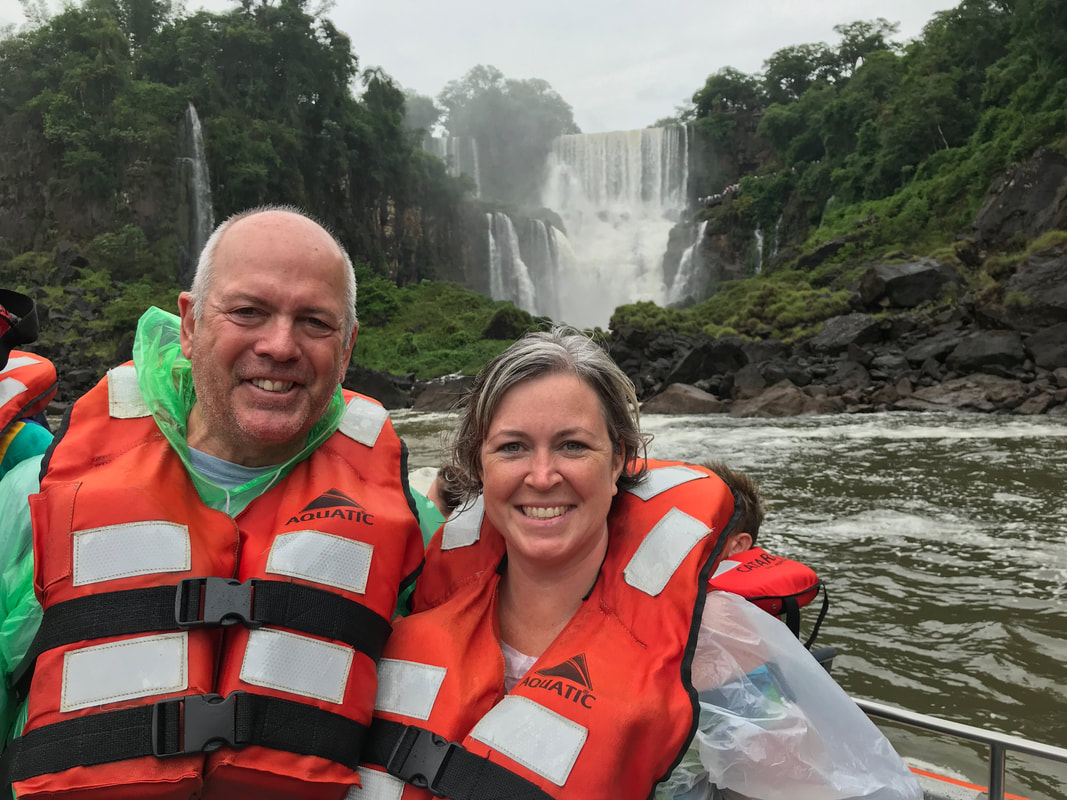
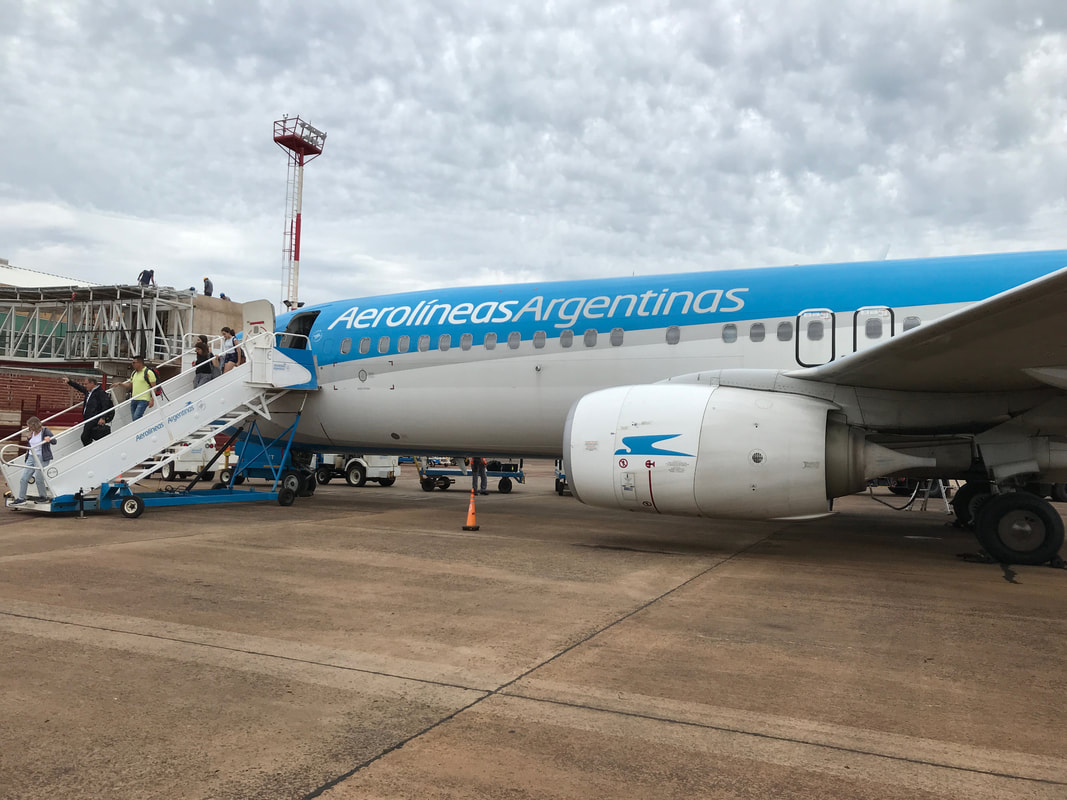
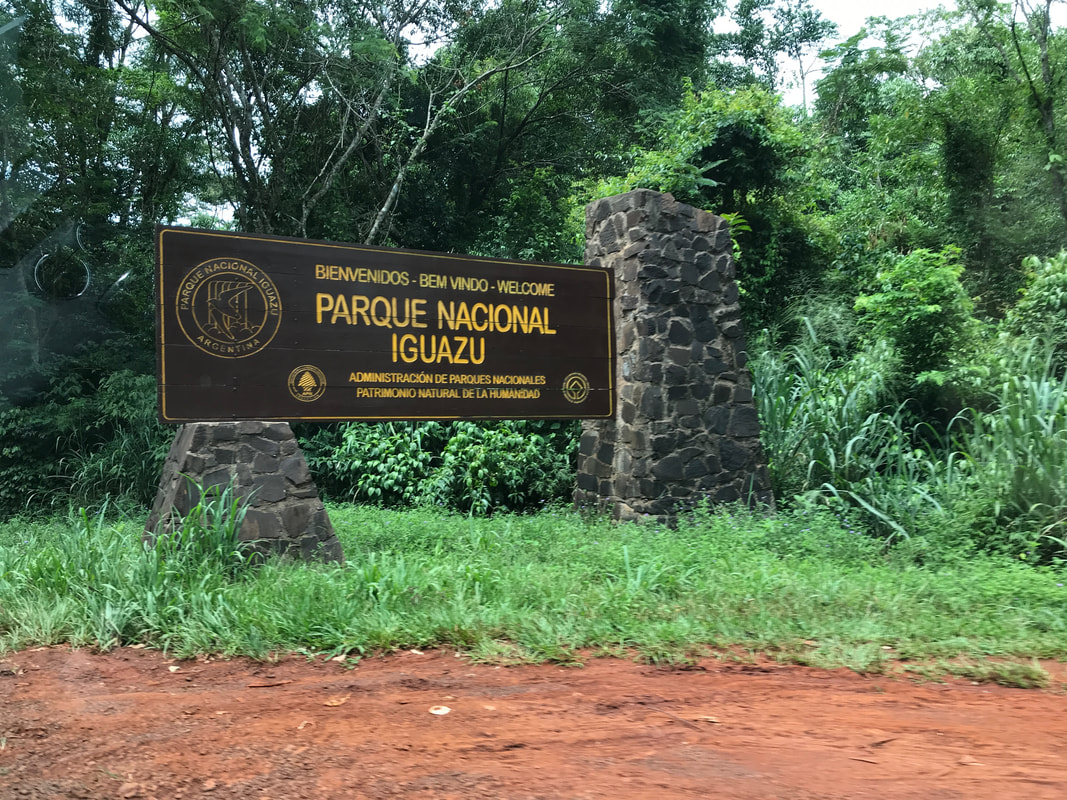
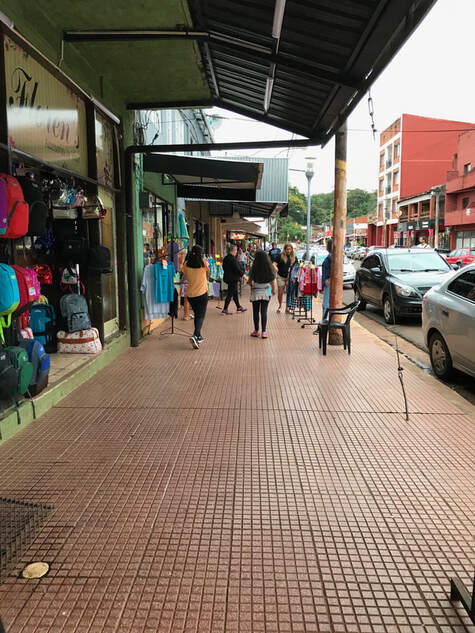
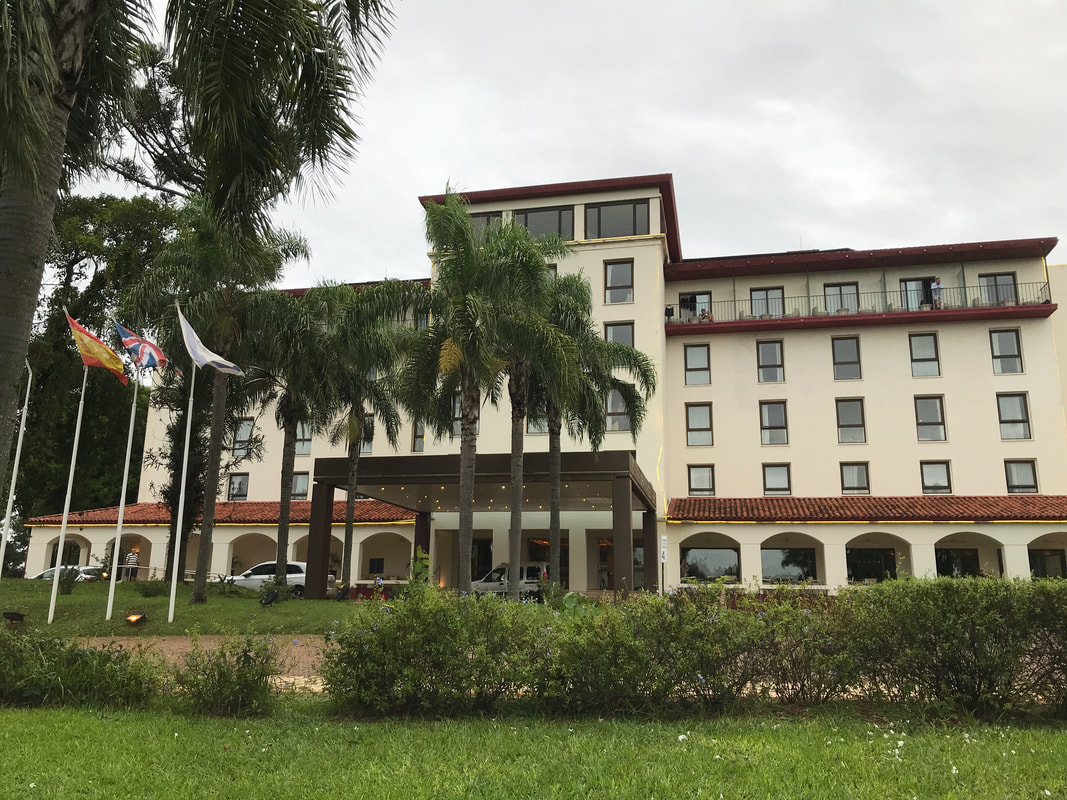
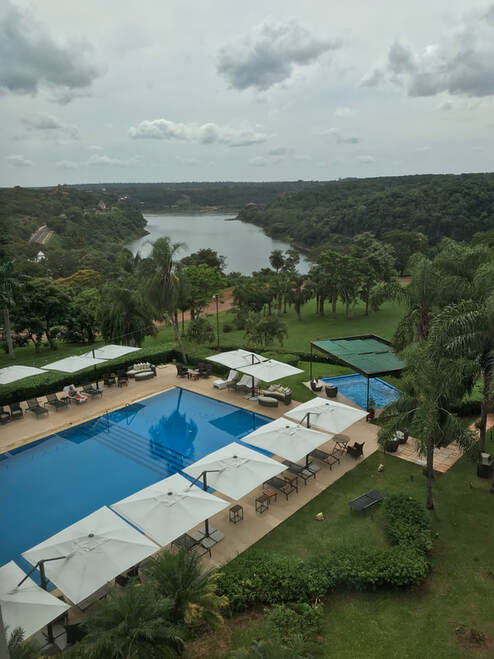
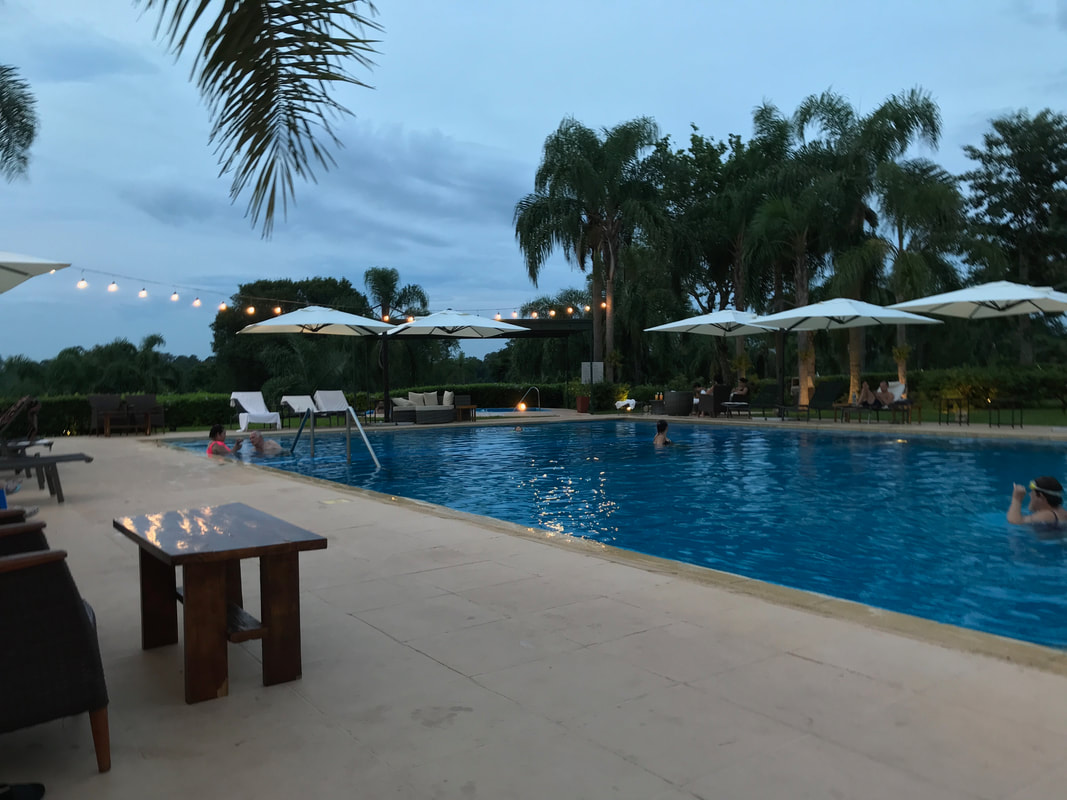
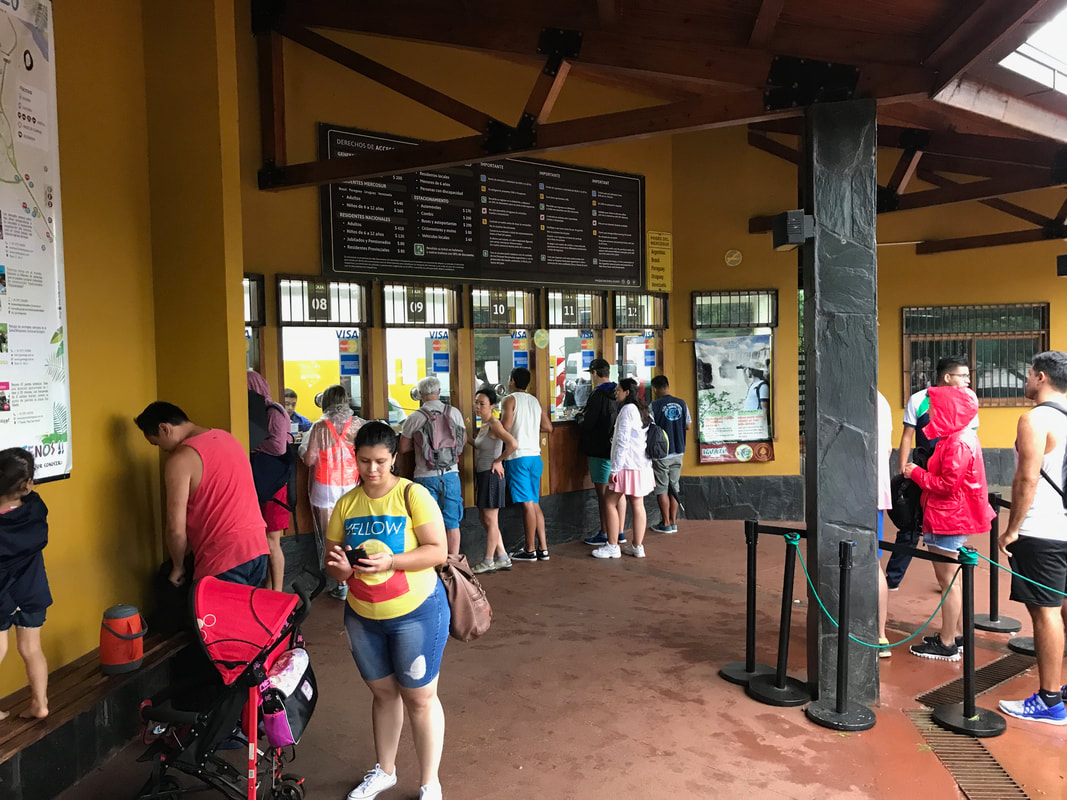
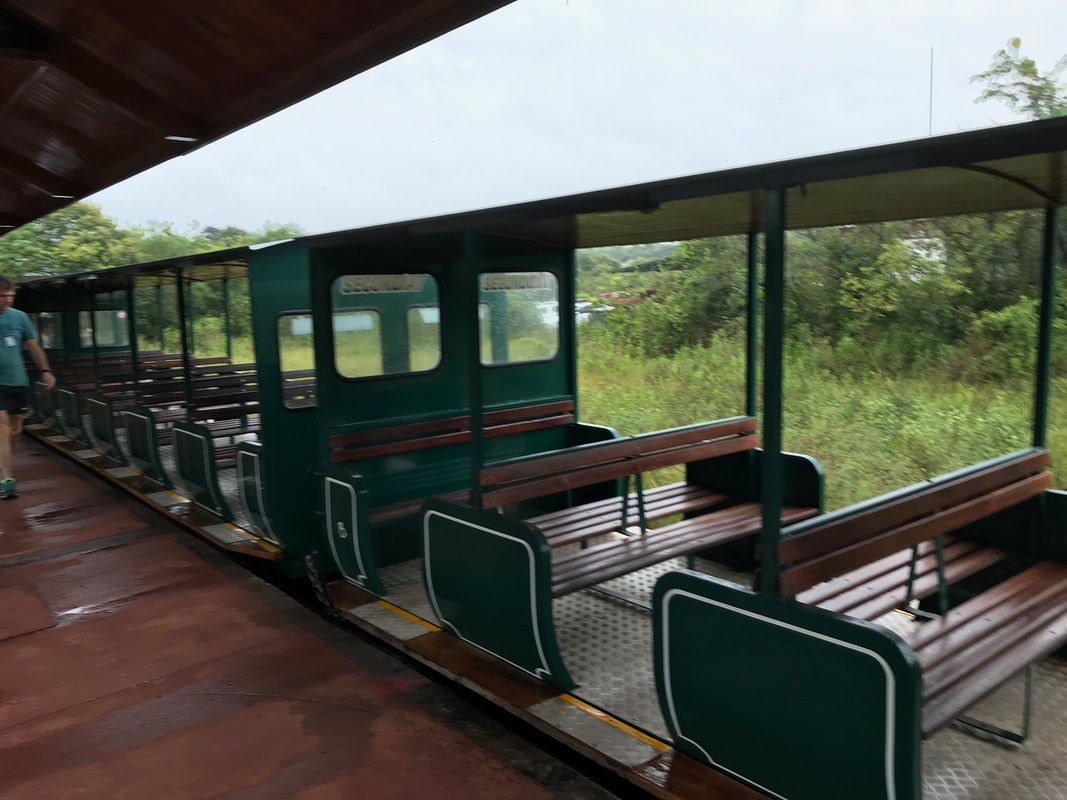
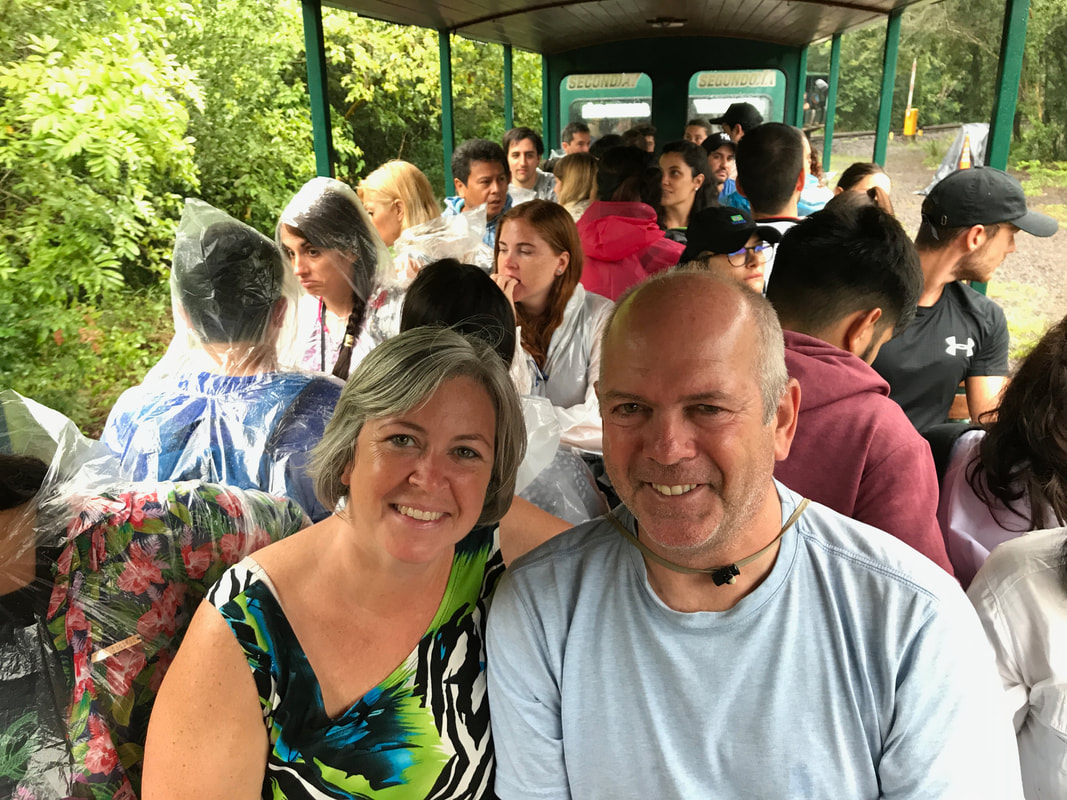
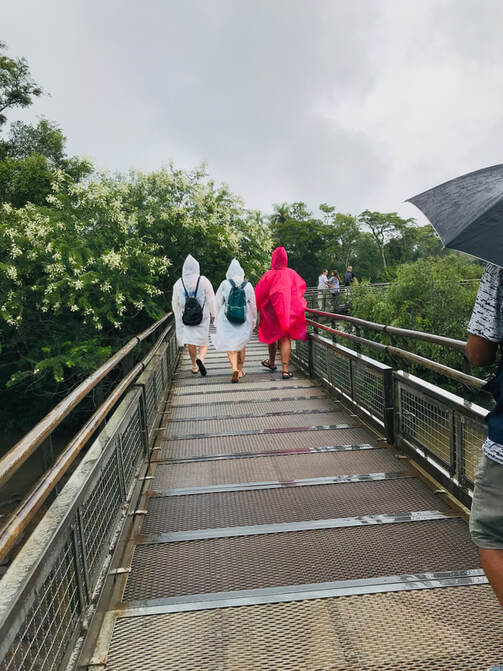
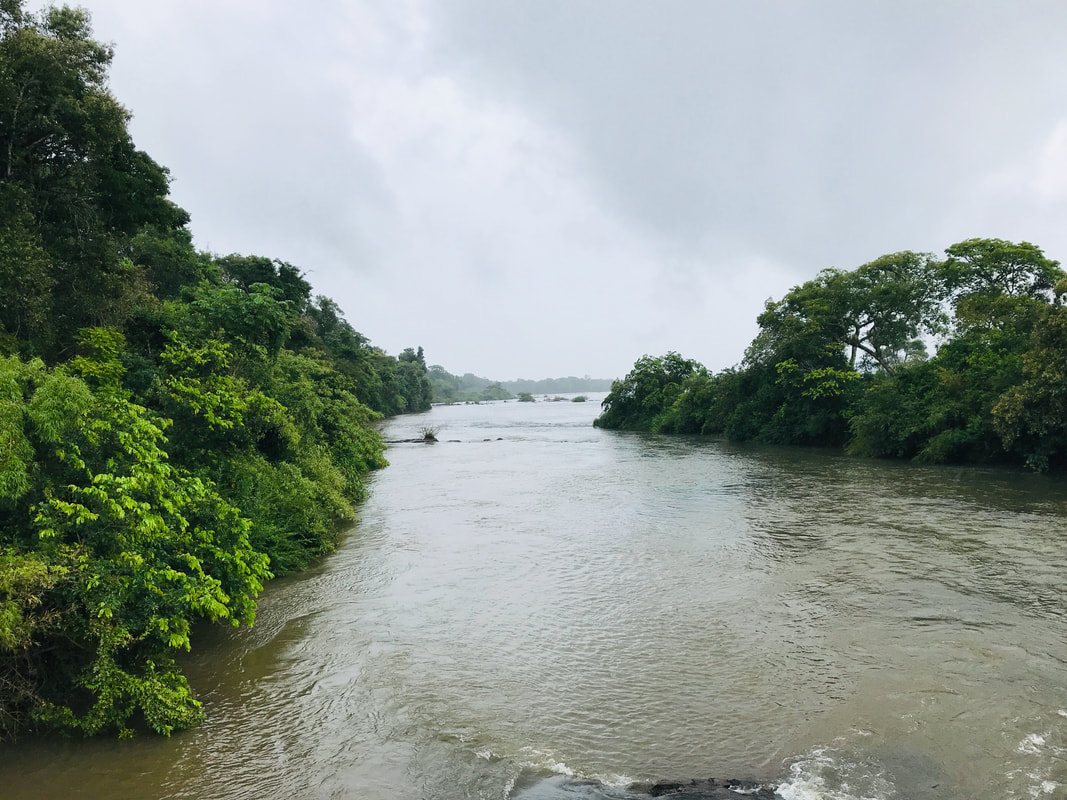
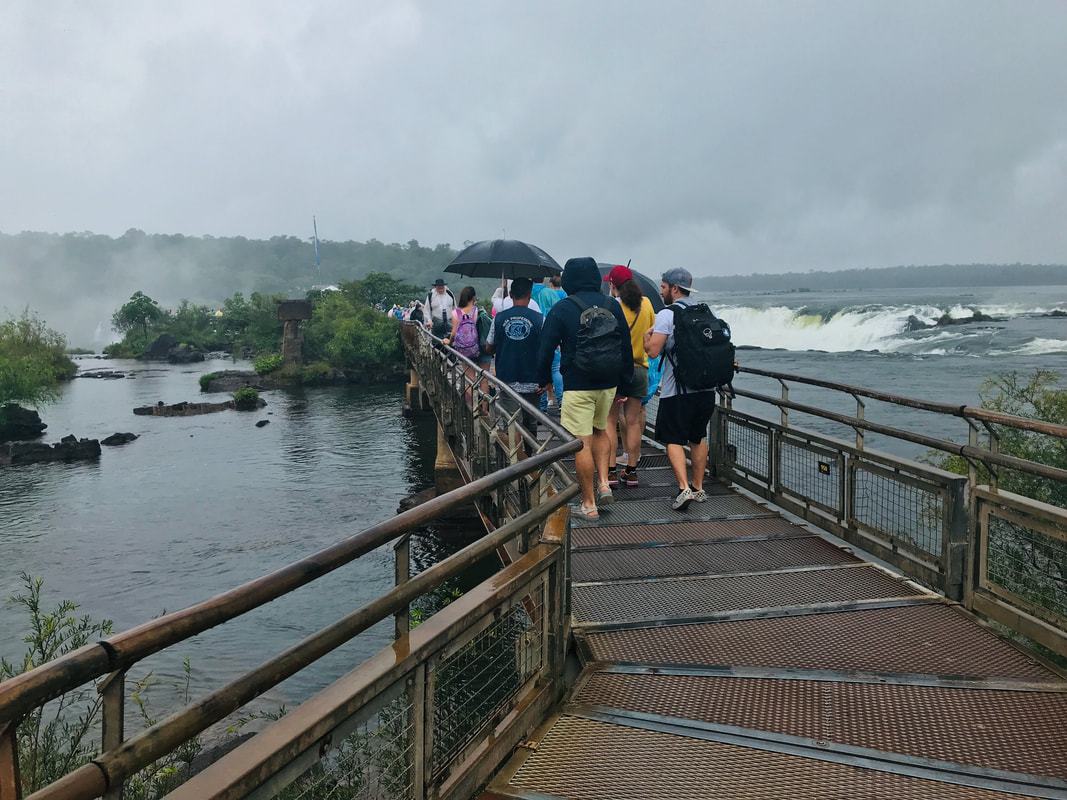
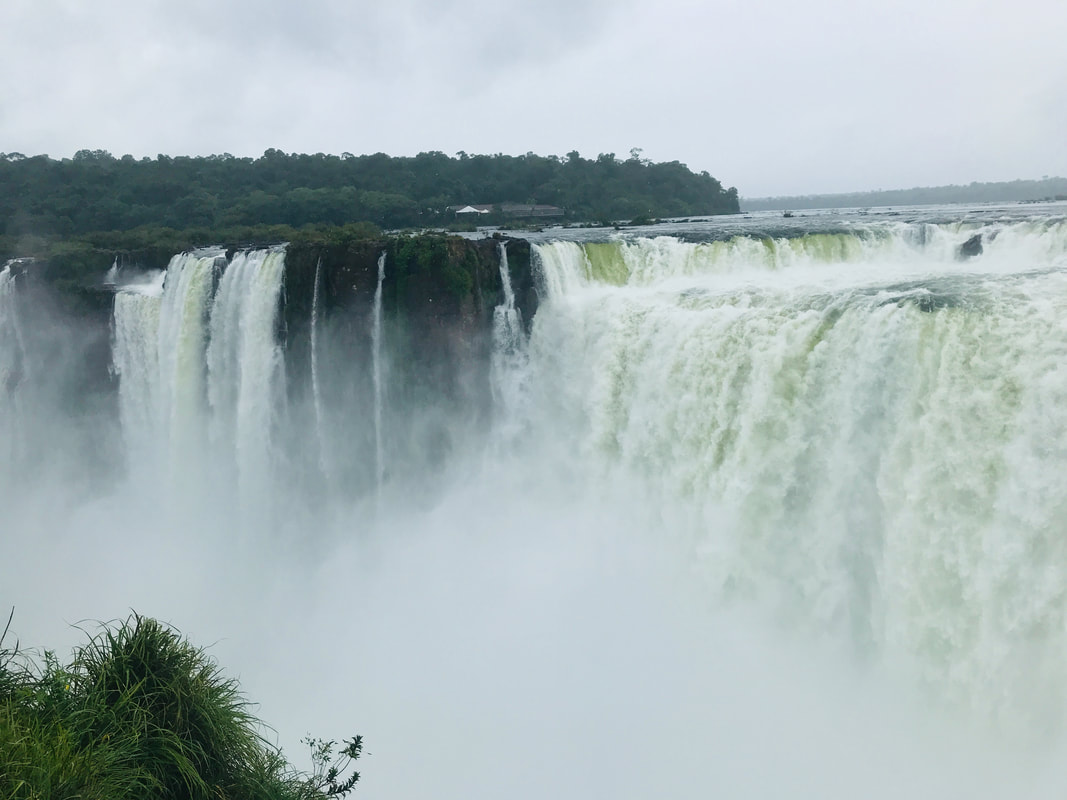
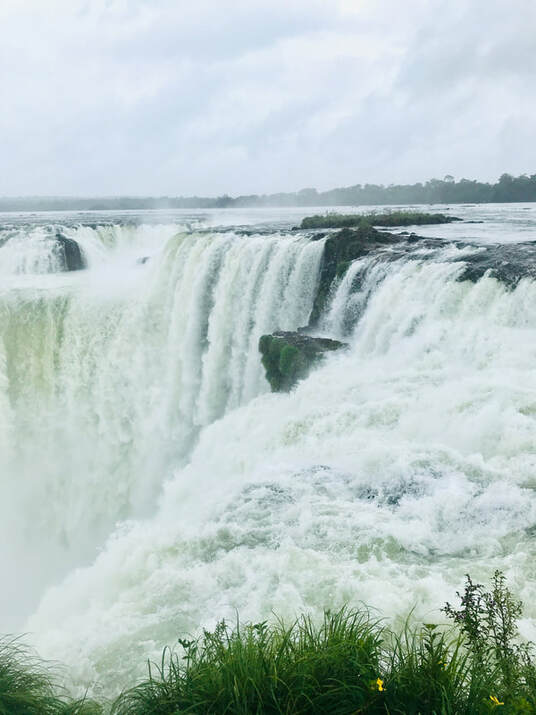
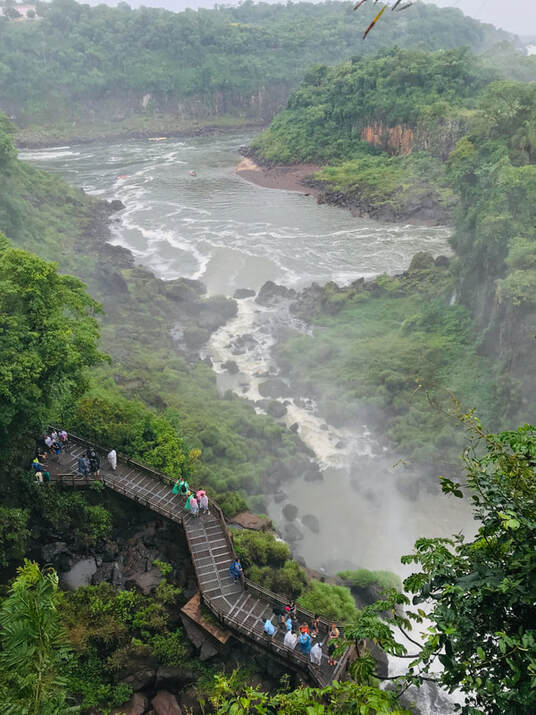
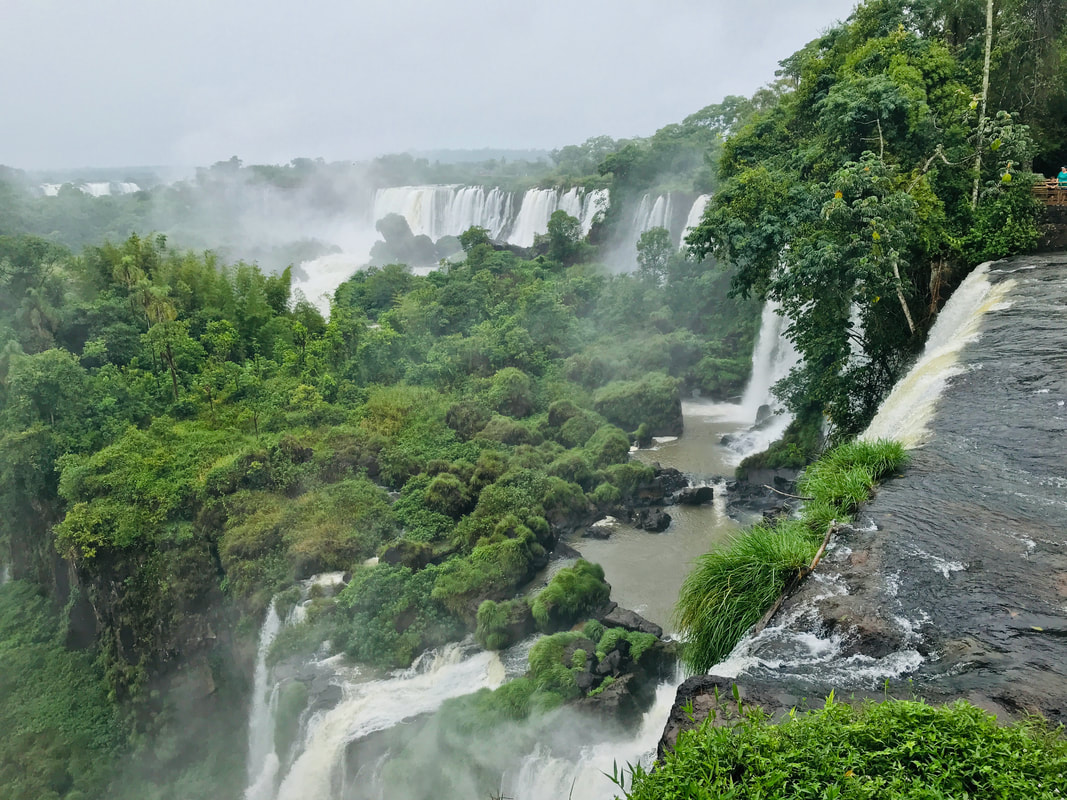
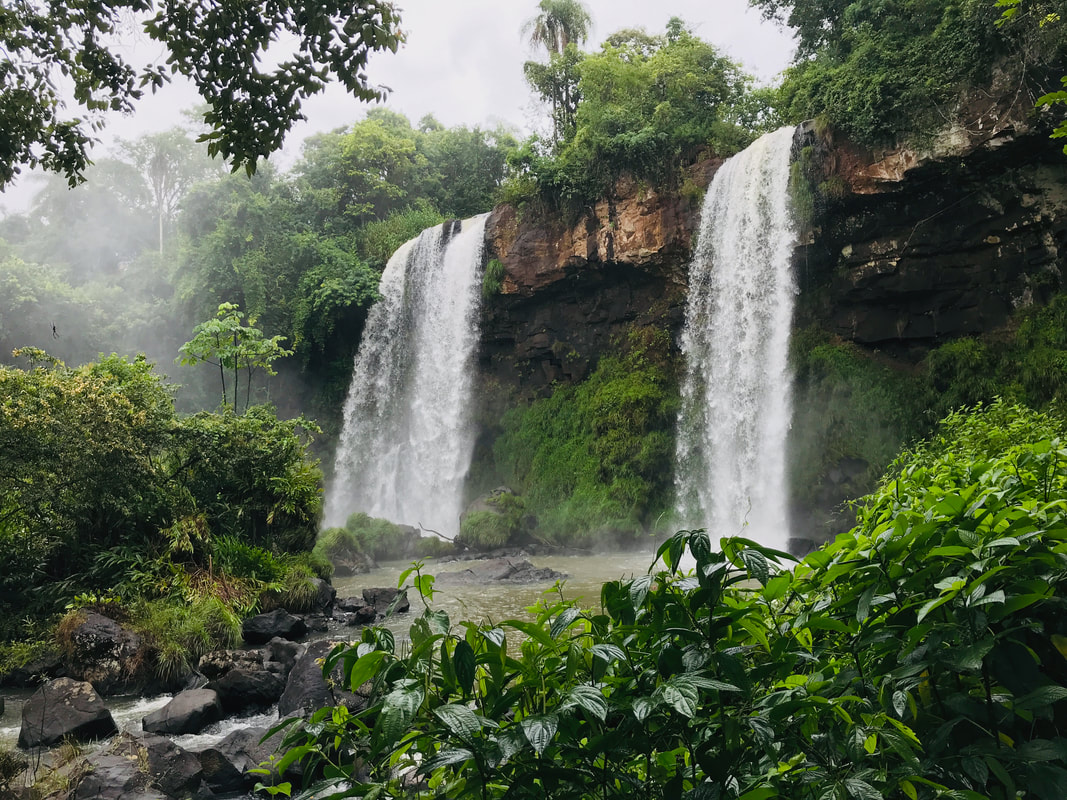
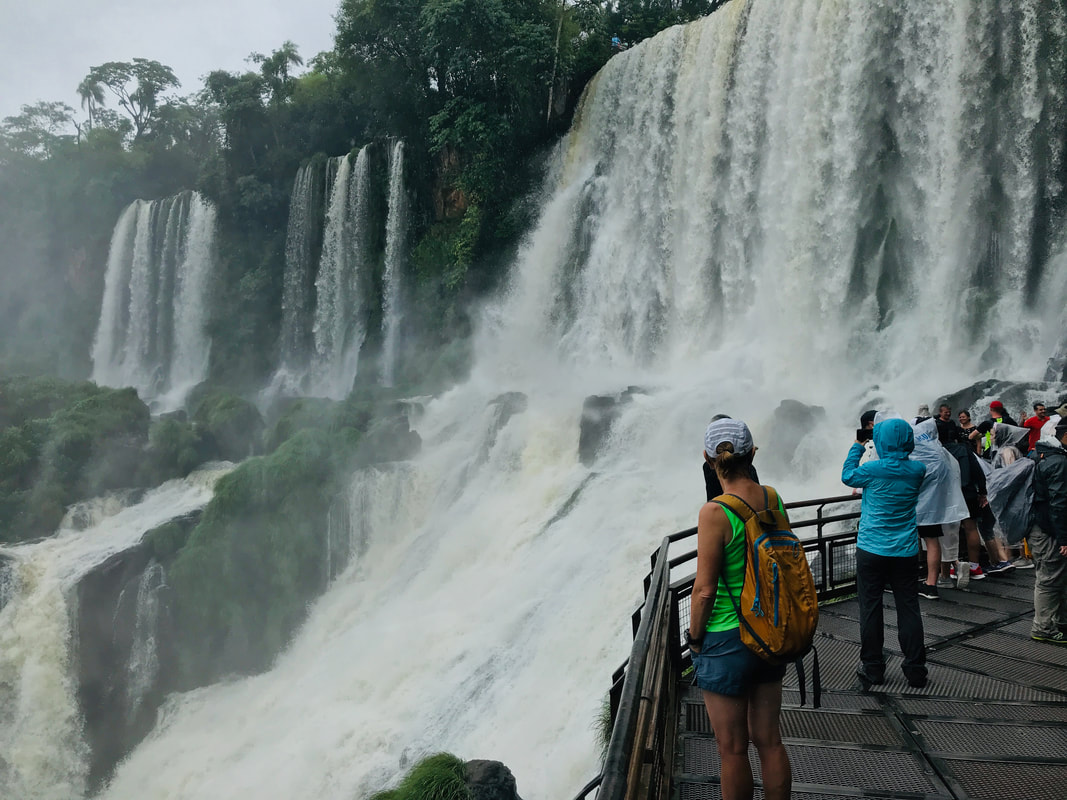
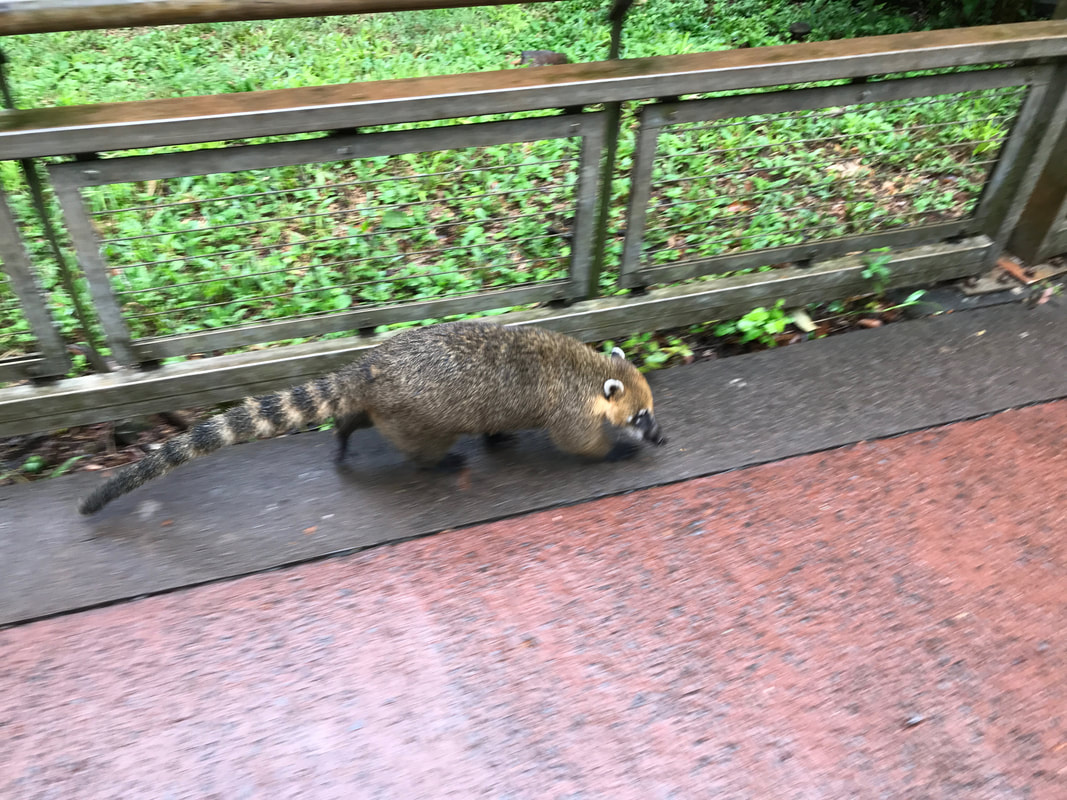
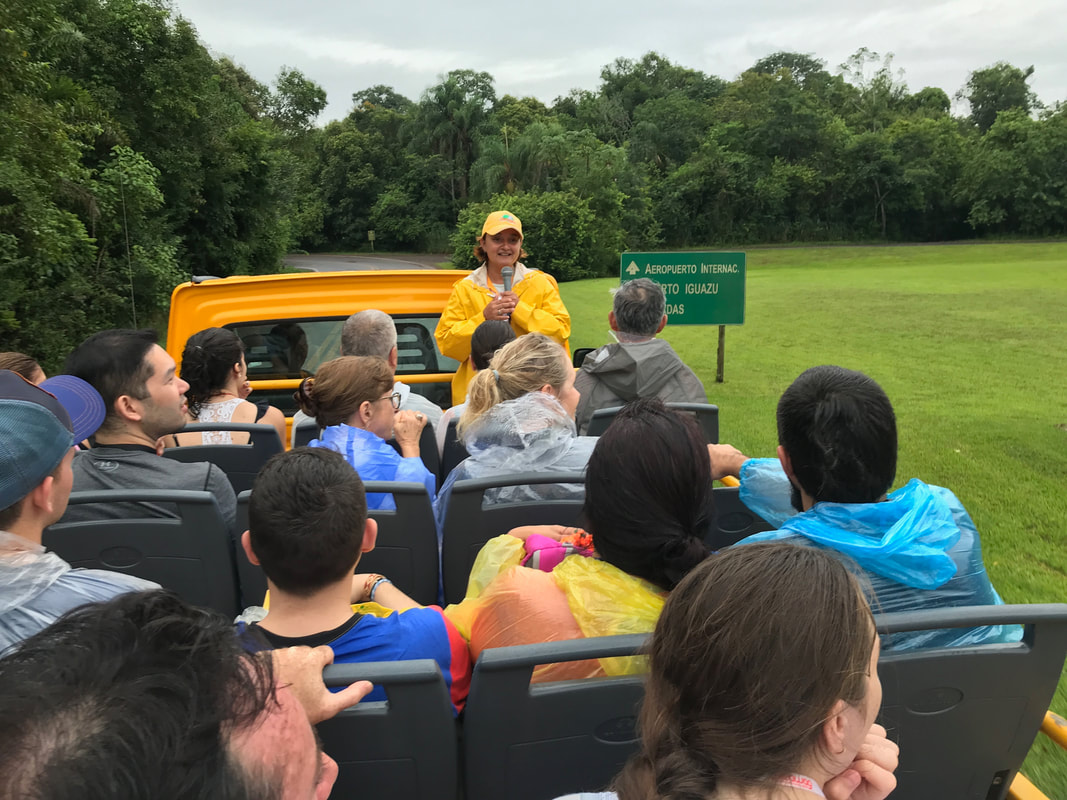
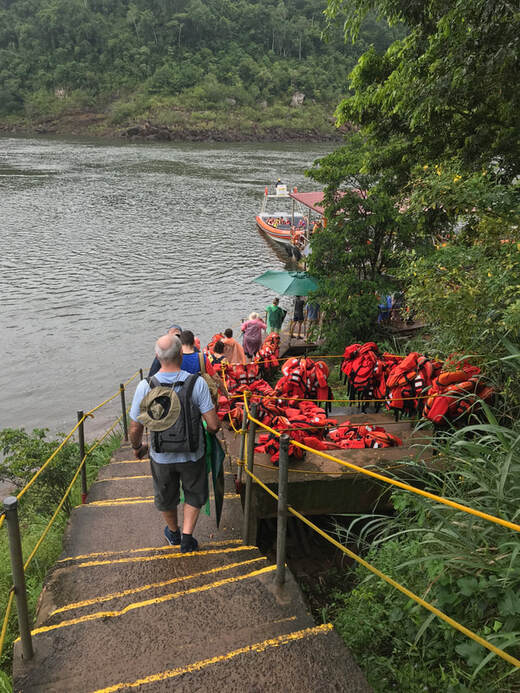
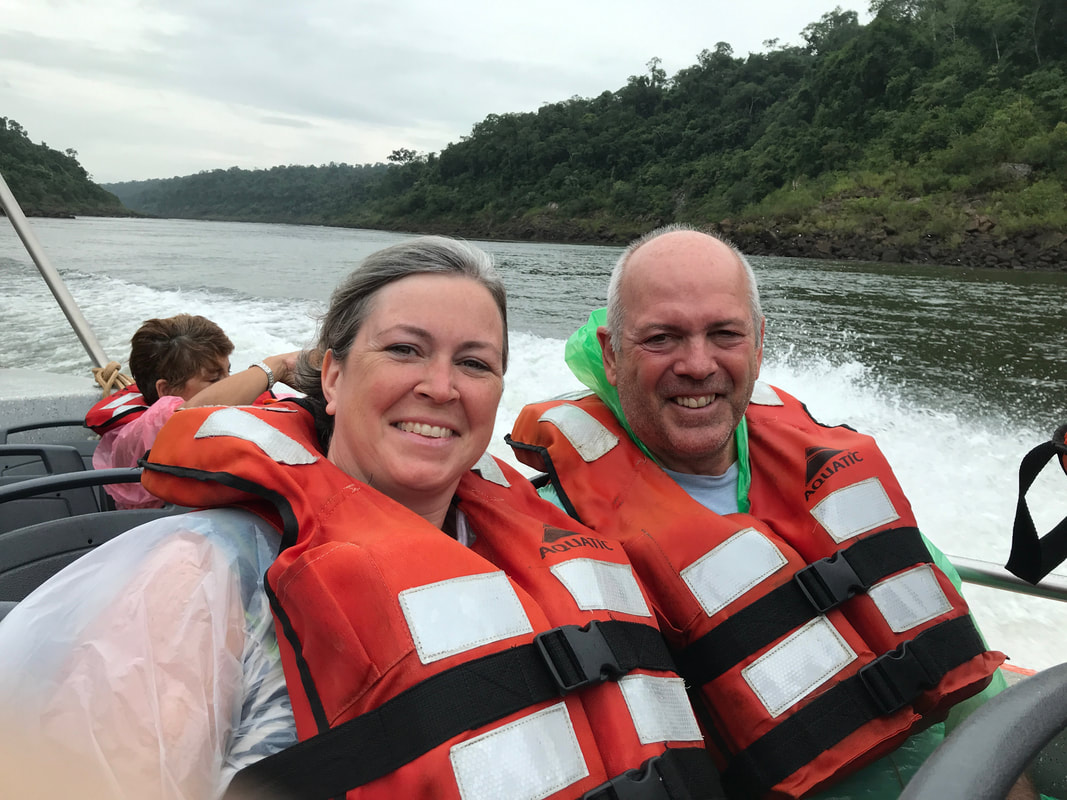
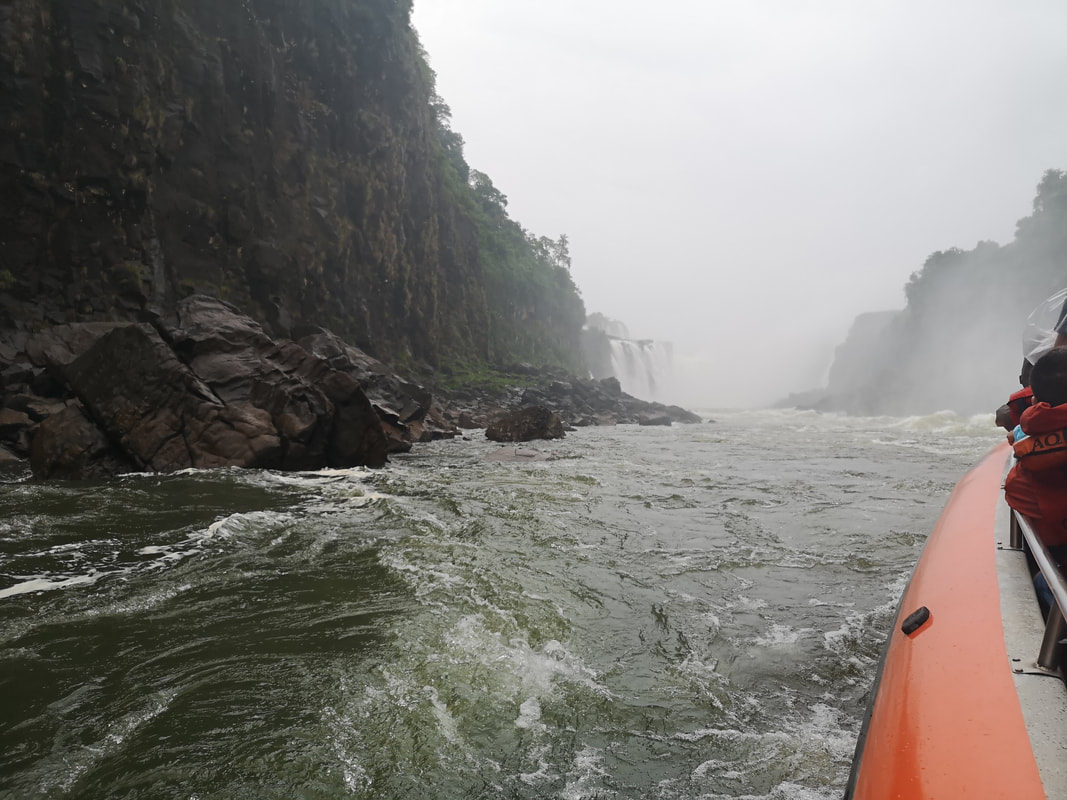
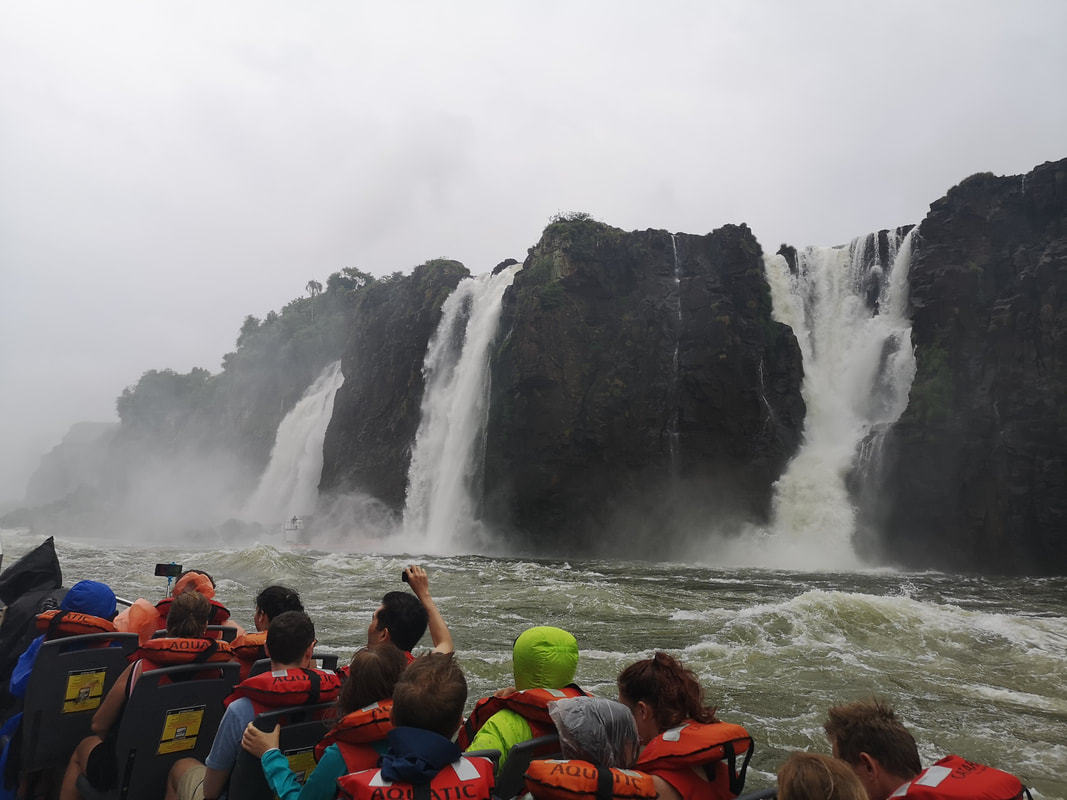
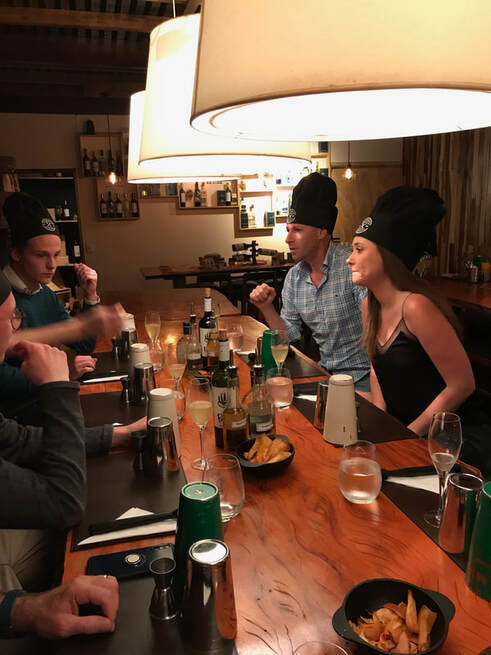
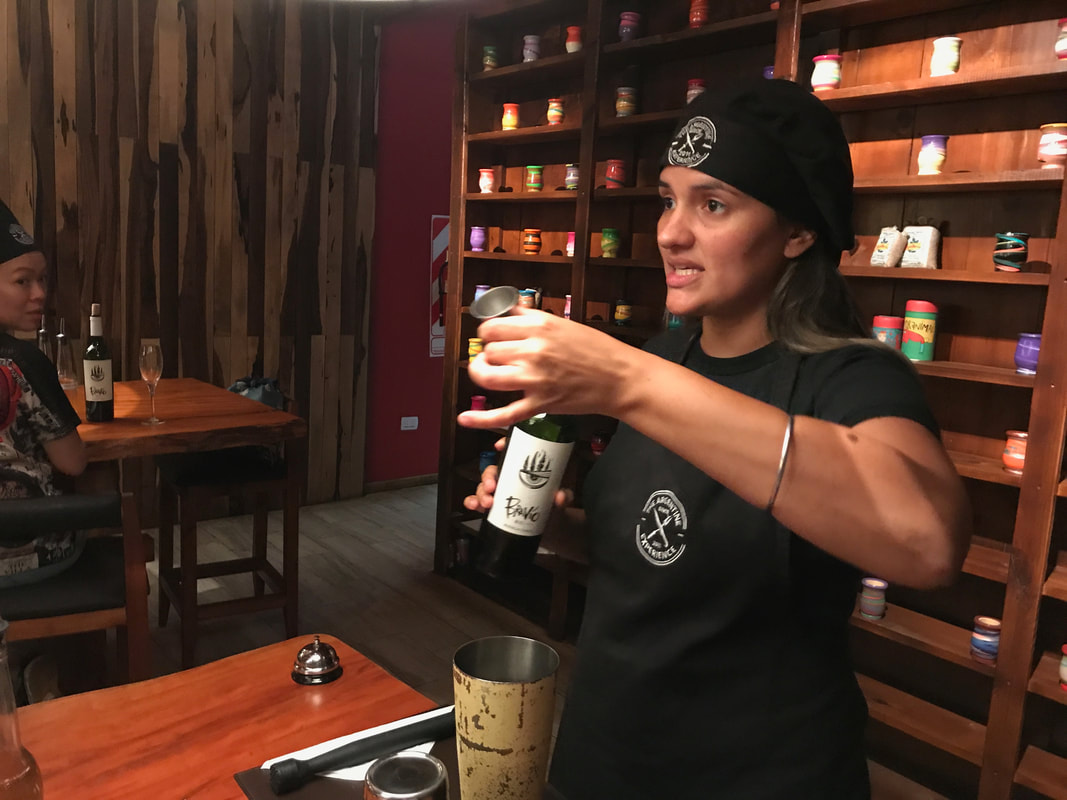
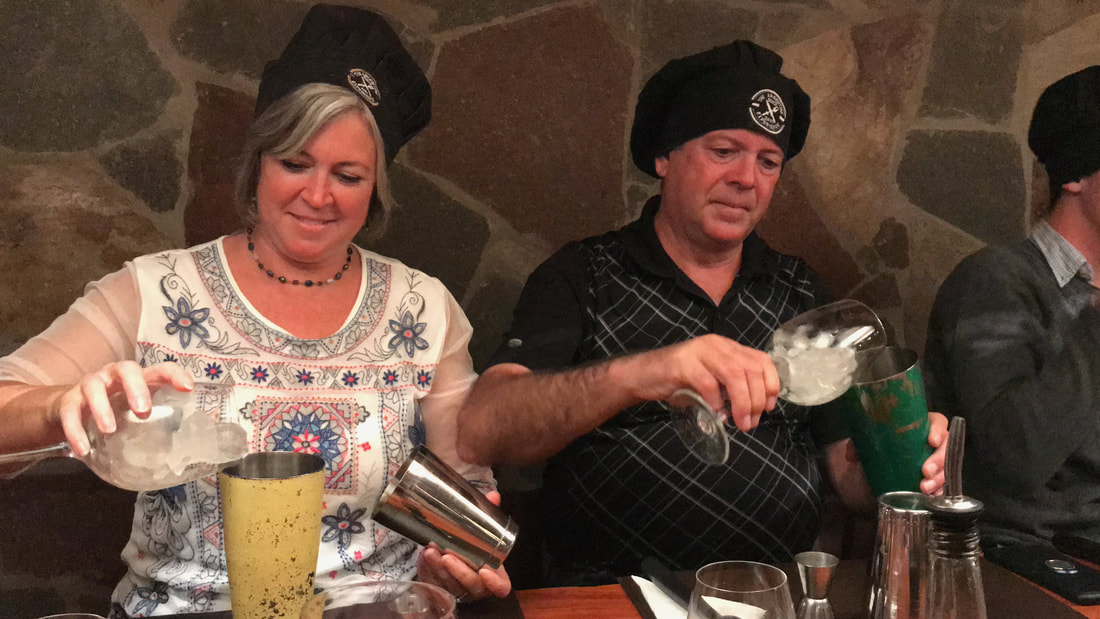

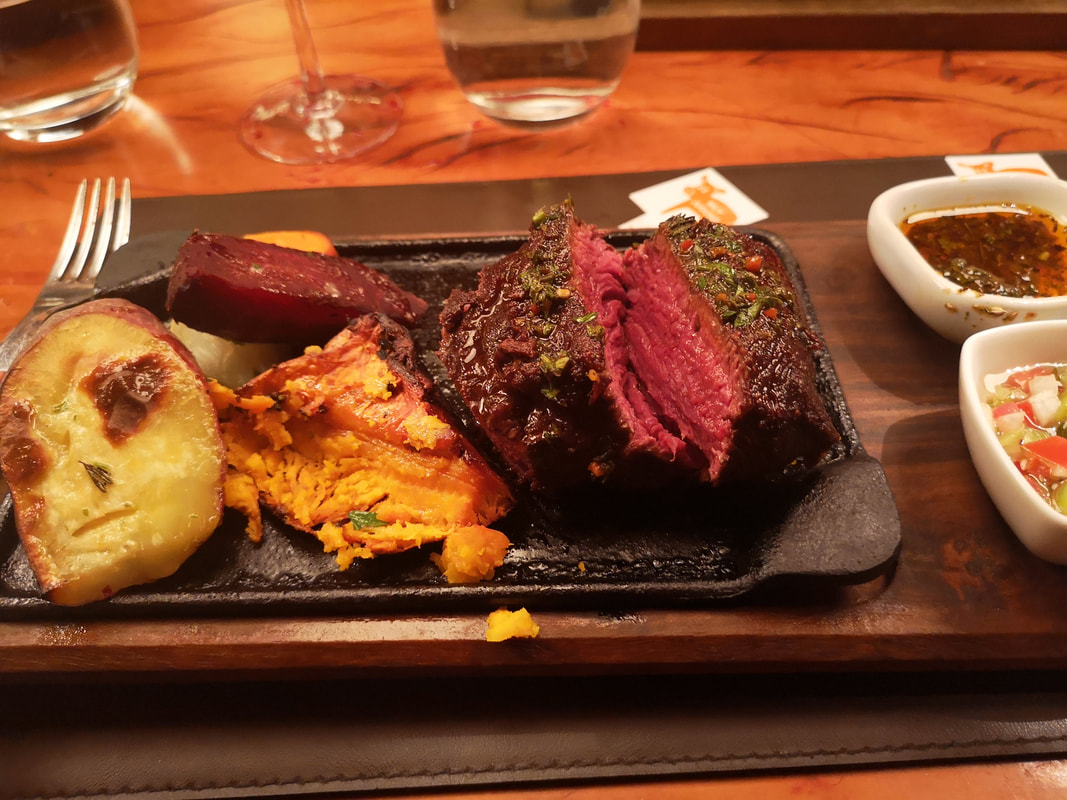
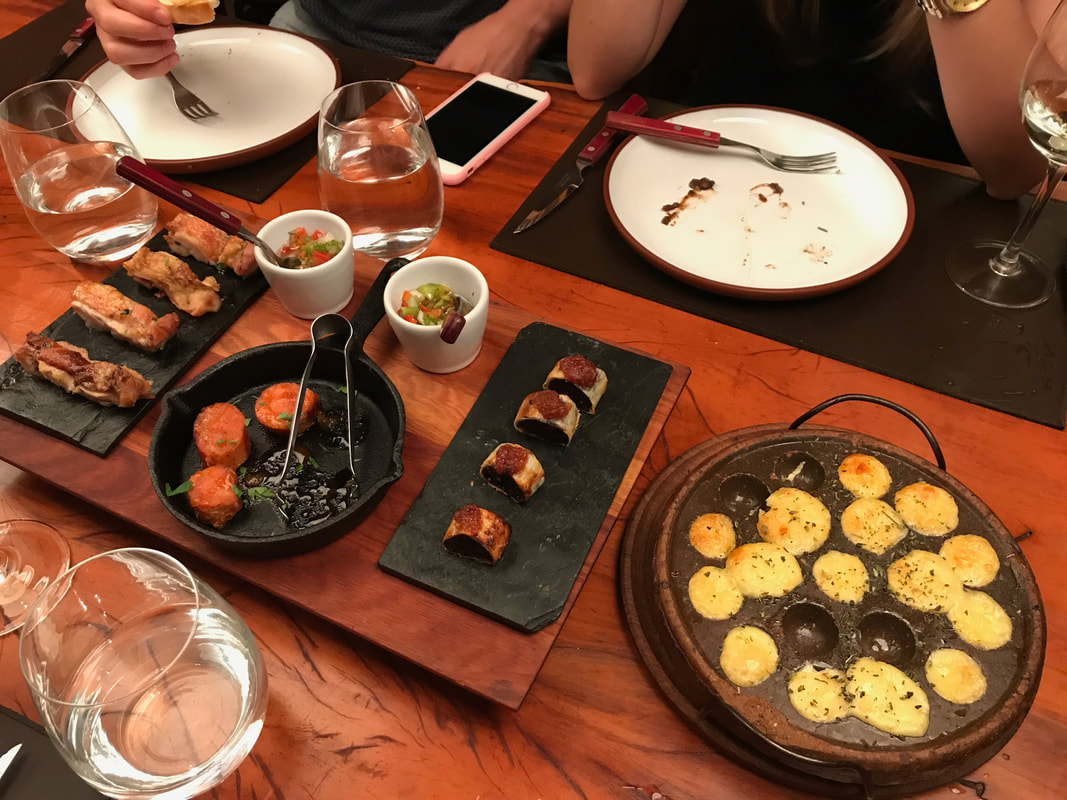
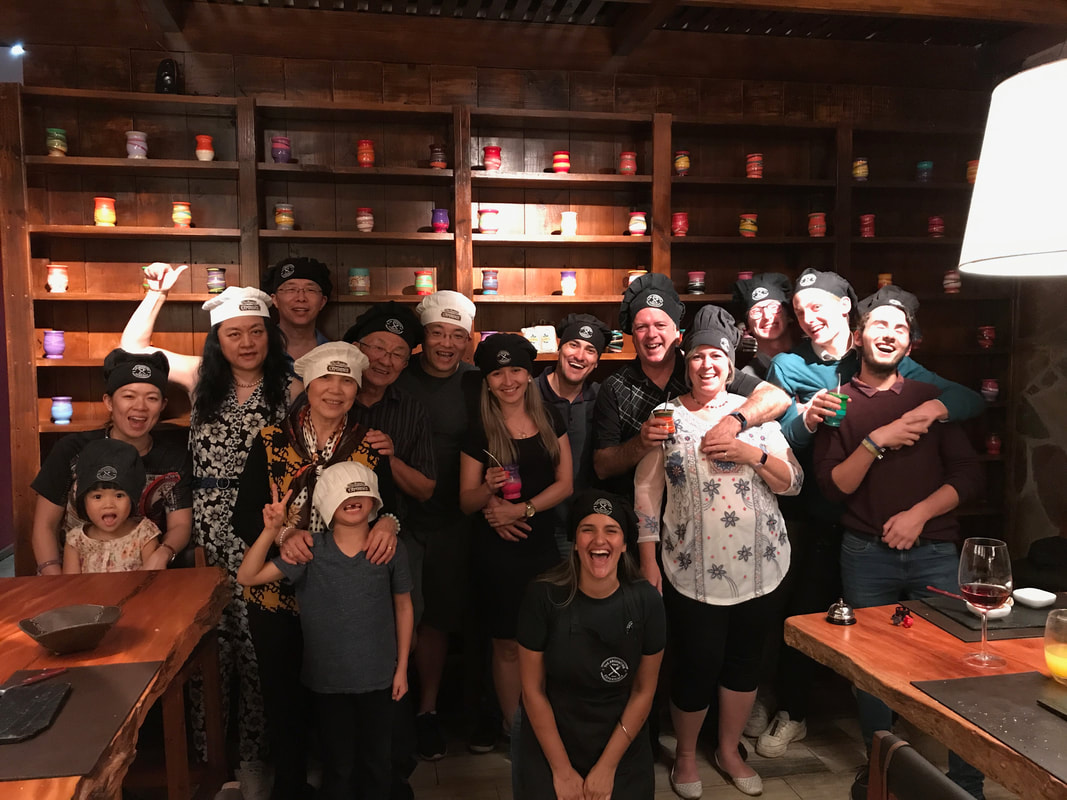
 RSS Feed
RSS Feed